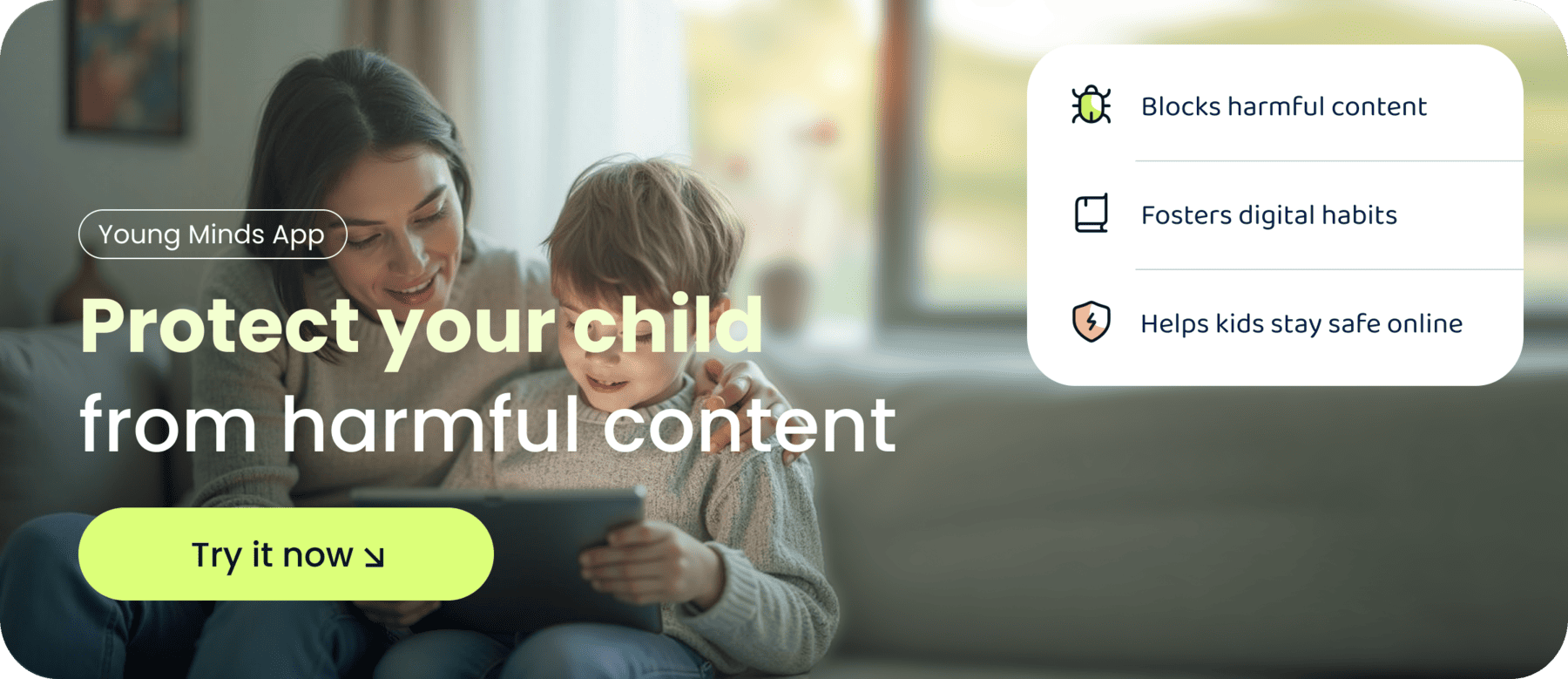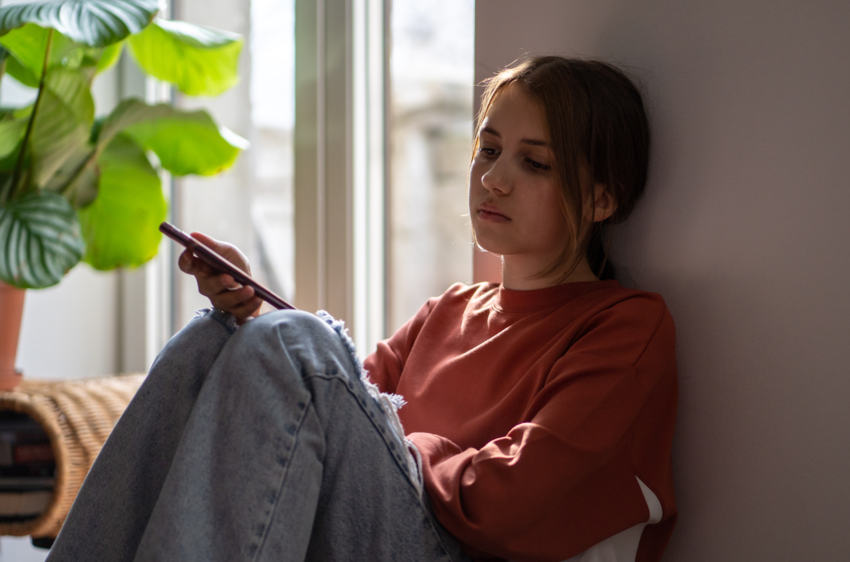Navigating Phone Pressure: Helping Your Child Stay Confident Without a Device
“My daughter is in middle school and literally everyone around her has a phone. They use social media when they hang out—it’s all they do. I won’t give in, but it’s a daily argument and I’m exhausted.”
If this sounds familiar, you’re not alone. Parents across the UK face this same dilemma: When everyone else has a phone, how do you hold your ground without isolating your child—or losing your own sanity?
The truth is, the issue isn’t just about having a phone. It’s about peer pressure, routines, and readiness. And parents need more than just “say no”—they need strategies that protect children while preparing them for the digital world they’ll inevitably step into.
Why “Everyone Else Has One” Feels So Hard to Handle
Children—especially in middle school—are wired to want to fit in. When every friend has a phone and social media, being the one without it can feel like social exile.
For parents, this creates:
- Daily conflict (“Why can’t I have what everyone else has?”)
- Guilt and worry about being “too strict”
- Exhaustion from repeating the same arguments
The pressure isn’t just from children—it’s also from other parents who may be more relaxed about devices. This makes standing firm feel like swimming against the tide.
Is the Phone the Problem or Social Media?
It’s easy to think the device is the issue. But in reality:
- The phone is just a tool. It can help with schoolwork, safety, and communication.
- The bigger risk is social media. Platforms like TikTok and Snapchat are designed to be addictive, and children in middle school rarely have the maturity to navigate them responsibly.
The real challenge is how children use these tools—and whether they have guidance to build healthy habits.

Why Simply Saying “No” Isn’t Enough
Many parents believe that delaying phones or banning apps will protect their child. While this works temporarily, children eventually gain access—through peers, school, or later independence.
Without preparation, they may:
- Hide phone use
- Struggle with boundaries when they finally get access
- Miss out on learning opportunities to self-regulate
That’s why the goal shouldn’t just be “no phone.” It should be digital readiness.
How Parents Can Navigate the Pressure (Without Giving In Completely)
Here are practical strategies to ease the daily battles and build long-term resilience:
1. Shift the Conversation from “No” to “Not Yet”
Instead of a flat ban, explain that having a phone comes with responsibility. Create milestones—such as showing responsibility with screen time on shared devices—before earning independence.
2. Create Family Rules Everyone Follows
Children are quick to call out double standards. If you’re asking them to cut back on screens, model balance yourself. Family screen-free times (like meals or evenings) make boundaries feel fairer.
3. Acknowledge the Peer Pressure
Dismissing their feelings (“You don’t need what everyone else has”) only widens the gap. Instead, validate: “I know it feels hard when friends are on their phones. Let’s talk about how we can make hangouts more fun without screens.”
4. Offer Alternatives for Connection
Encourage activities that don’t revolve around devices—sports, creative clubs, or outings. This shows children that friendship isn’t defined by what’s on a screen.
5. Use Tools, Not Just Rules
Apps like Young Minds can act as “training wheels”—helping children build routines like Study Time or Bedtime Mode, while still giving them some independence. This shifts the fight from parent vs. child to parent + child vs. the screen.
How the Young Minds Philosophy Helps Families
At Young Minds, we don’t believe in punishment or surveillance. We believe in preparation.
Our approach helps parents:
- Protect safety: AI-powered filters block harmful content
- Build independence: Children unlock more control as they show responsibility
- Encourage good habits: Positive reinforcement makes routines easier to follow
- Foster trust: Parents guide—not police—their child’s digital journey
This means families can stop arguing over screens and start building confidence in how children use them.
Conclusion: Standing Firm Without Burning Out
When “everyone else has a phone,” it can feel like you’re fighting a losing battle. But remember: you’re not alone—and you don’t have to choose between giving in or constant conflict.
The real key is balance. Phones and social media aren’t going away, but with guidance, structure, and trust, your child can learn to thrive in the digital world—without losing themselves to it.
At Young Minds, we’re here to help families turn screen struggles into growth opportunities, and give parents the confidence to say, “Not yet—but we’ll get there together.”
Parents Also Ask:
Why doesn’t a strict “no” solve the issue?
A strict “no” doesn’t solve the issue because it only delays the challenge instead of preparing children for it.
When parents ban phones or social media outright:
Children often find access elsewhere—through friends, school devices, or secret accounts.
They miss the chance to learn safe habits while under parental guidance.
It can create secrecy and conflict, making children less likely to talk openly about risks they face online.
The truth is, children will eventually enter the digital world. A strict “no” may feel like protection in the short term, but without preparation, it leaves them unready to navigate technology independently.
The stronger approach is shifting from control to coaching—teaching them how to build balance, recognise risks, and use technology with confidence.
Why do phone arguments feel never-ending?
Because phones are more than objects—they symbolise independence, belonging, and identity for children. Arguing about a phone often feels like arguing about freedom. Reframing the conversation around readiness and responsibility helps take the heat out of daily battles.
Can digital habits really be taught, or will kids just figure it out?
Habits don’t build themselves—especially in a world where apps are designed to be addictive. Without guidance, kids often copy peers or follow algorithms. Teaching routines, reflection, and balance early is the best way to make sure “figuring it out” doesn’t mean learning the hard way.





